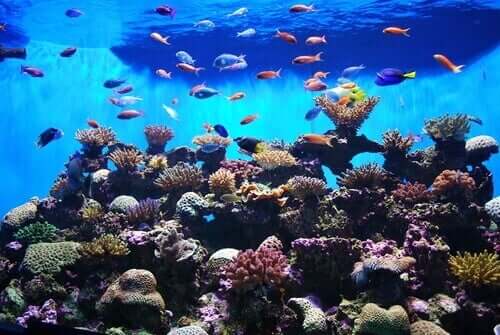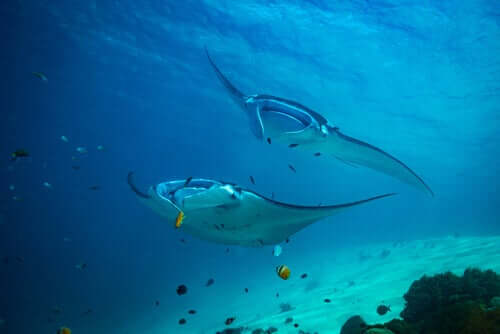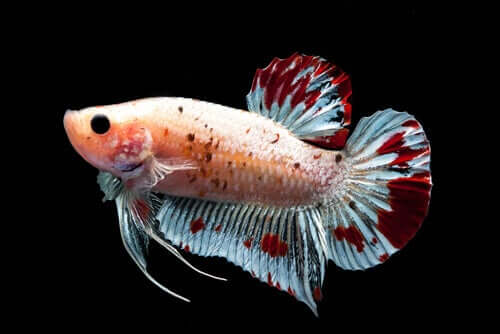All About Ichthyology: The Study of Fish

Ichthyology is the branch of biology that focuses on the study of fish. Fish are a very wide and diverse group of animals, and ichthyology is responsible for classifying them, and studying their morphology and physiology. It also looks at how they relate to their environment.
What is the purpose of ichthyology?
Like other sciences that study animals, ichthyology brings us closer to the world of animals. Thanks to this branch of biology, we can recognize the different species of fish that exist and their biological makeup. Besides discovering how certain fish reproduce, ichthyology is also useful for conservation reasons as well as for production for human consumption.
Given that humans have been using fish as food since prehistoric times, ichthyology is a very old science. And although it originally lacked the consolidation of a formal discipline, this ancient knowledge was used for fishing.
What’s more, the study of fish is related to other biological sciences such as limnology, oceanography, and ecology.
How does ichthyology classify fish?
- Bony fish, or Osteichthyes: These are fish that have a bony skeleton–the typical bones that we remove when we eat fish.
- Cartilaginous fishes or Chondrichthyes: The skeleton of these fish consists of cartilage. In this group, we find sharks and different types of rays.

A third group of fish exists as well, although there are very few representatives around today. These are Agnatha fish–or jawless fish– and this group includes lampreys and hagfish.
How have fish adapted to aquatic life?
One of the big questions that ichthyology, the study of fish, seeks to answer is how fish have adapted to life in different aquatic settings. For example, seas, lakes, rivers, estuaries, marshes, ponds, etc.
Scaly skin
Fish, like other vertebrate animals, have a skin that consists of layers: the epidermis and the dermis. The epidermis of fish possesses an abundance of mucous glands that maintain lubrication on the surface of these animals.
From the dermis of fish originate their scales, which come in different types and distributions. Many fish display modifications when it comes to their scales, such as luminescent organs, spines, and needles.
Pairs of fins
Except for agnates, all fish have pairs of fins. Along with the hydrodynamic shapes of their bodies, their fins make them excellent swimmers. Here are the different types of fins:
- Pectoral fins – these fins are like a rudder, directing a fish’s path
- Dorsal fins – along with their ventral fins, these stabilize fish and correct their position
- Pelvic or ventral fins
- Caudal fins – there are many types when it comes to shape and appearance: round, divided, half-moon shaped, etc.
- Anal fins – fish can have one or more anal fins, situated between the anus and the tail.
The way that fish usually move about consists of wiggling their bodies in a wavelike fashion. The thrusting of the caudal fin also helps them on their way.

Gills
Gills are a fish’s respiratory organ through which they extract oxygen dissolved in water. In the same way, fills expel carbon dioxide back into their surroundings.
Apart from gills, some fish can even breathe through their skin. This is the case in species that don’t have scales, such as eels. And finally, some fish use lungs to breathe.
During respiration, water penetrates through the mouth, through the slits in their gills, or through both pathways. Then it exits back out through the gills, which open and close alternately.
The swim bladder
This is a characteristic that certain bony fish possess and it acts as a respiratory organ. Fish that have lungs, those that live in deep waters (like eels), and species that swim continuously (like tuna and mackerel) don’t possess a swim bladder.
All cited sources were thoroughly reviewed by our team to ensure their quality, reliability, currency, and validity. The bibliography of this article was considered reliable and of academic or scientific accuracy.
- Carlos Granado Lorencio. Universidad de Sevilla. Ecología de peces, 2002.